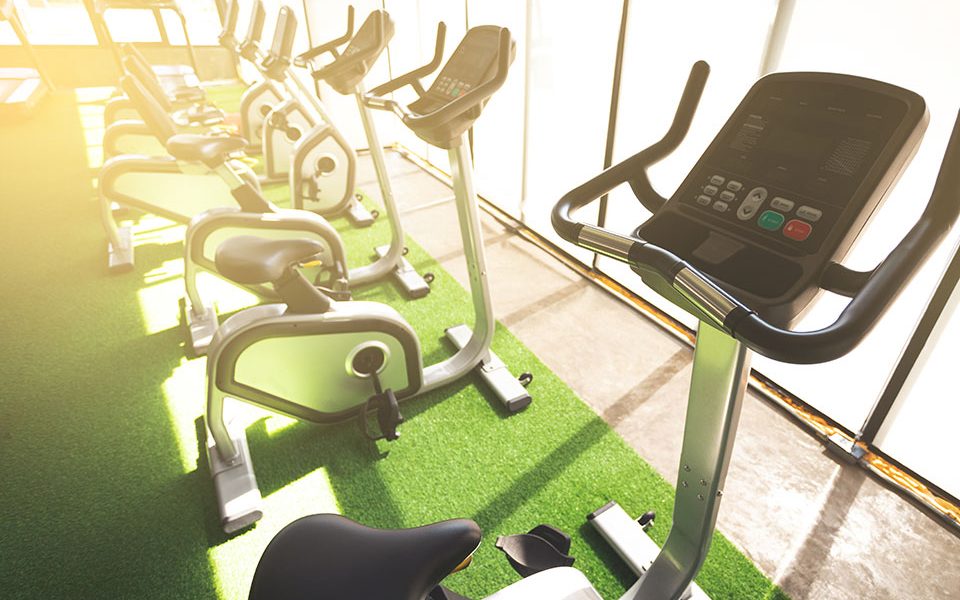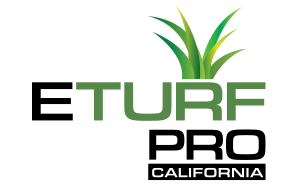How to Treat Mold or Moss on Artificial Grass
Many commercial and residential properties use artificial grass because it is a low-maintenance alternative to natural grass. It doesn’t require mowing, watering, or regular application of fertilizer.
However, dirt and leaves may blow and settle on your artificial turf over time, allowing mold or moss growth. Conditions like excessive moisture and lack of proper maintenance may also facilitate the breeding of mold in your artificial grass.
If left untreated, both mold and moss can make your artificial grass look unsightly and potentially cause damage. You can follow the steps outlined in this guide to combat mold or moss on your artificial grass.
Why Does Artificial Grass Get Mold or Moss?
If you are wondering how the black spots in your artificial grass come about, here are several reasons why that happens.
1. Lack of Proper Maintenance
Artificial turf may develop mold if you don’t give it sufficient maintenance or attention. Failure to clean the grass regularly allows dirt and debris to accumulate, so if left unattended for too long, it can harbor fungus. For example, consider the case of hosting some backyard gatherings with drinks and food. Any spilled food leftover or drinks can create the ideal environment for mold or moss. Pet poop or urine is also sure to aggravate the situation. Therefore, it is prudent to clean your artificial grass at least once every week thoroughly.
2. Excessive Moisture
Mold grows from microscopic spores that can quickly spread over your lawn. For these spores to grow, they need moisture. This means that the stagnant water that remains in your artificial grass after an afternoon rain shower may lead to the growth of moss or mold. Turf blades trap moisture and provide a shady environment that fosters the growth of mold.
Therefore, if your artificial turf doesn’t get exposed to enough sunlight, you should consider going an extra mile to ensure that you get rid of excess moisture, e.g., using a leaf blower to blow off the moisture.
3. Lack of Drainage
It is important for artificial grass to be placed over surfaces that allow water drainage. For example, concrete doesn’t efficiently allow moisture to escape. Water may just seep through the artificial grass and accumulate underneath. Without a drain, mold will likely start growing, and the problem may also intensify during high humidity levels. One thing you can do to avoid this problem is place some drainage tiles beneath the artificial grass.
4. Low-Quality Material
The quality of your artificial turf can also influence mold or moss growth. Cheap artificial grass made from nylon fibers is more likely to absorb and trap moisture, thus putting your turf at more risk of mold or moss growth.
Other versions of low-quality artificial grass may lack adequate backing material, which is essential for appropriate drainage. Some turf backing material types may also obstruct drainage, causing water accumulation and mold growth.
How to Treat Mold or Moss on Artificial Grass
After recognizing mold or moss infestation on your lawn, you must take quick action before it spreads. The following steps will get you started on the treatment process.
1. Prepare The Area
The first thing you ought to do is to get the area clean. Power wash your artificial turf to blast off excessive mold or moss before treating it. A pressurized hose will suffice if you don’t have a power washer.
Use the back of a rake with teeth facing away from the grass to tease out any remaining stubborn weeds and discard them. If you choose to rake large pieces of debris from grass, do so with a plastic tooth leaf rake since a metal one may damage your fake grass’s backing.
Next, trim and remove overgrown vegetation and branches surrounding the afflicted area. This helps to avoid future accumulation of debris on your lawn. Make sure to take those out as well.
2. Apply Treatment
Once the area is free from loose debris, the next step is to apply a cleaning agent or self-mixed solution. We recommend doing this during dry weather and with no signs of expected rain.
Ensure the commercial artificial grass cleaning agents you use are water-based rather than oil-based. Simply follow the instructions carefully, applying evenly across the affected area.
You can also use a self-mixed solution composed of half-cleaning vinegar and half water. Put the solution in a spray bottle, and you are good to go.
Either of these approaches will effectively destroy moss or mold and remove them from your lawn without damaging the grass fibers.
3. Scrub the Turf
After applying the cleaning agent or self-mixed solution, allow it to sink in and do its work. Scrubbing helps to ensure you treat 100% of your ornamental grass. Use a sponge to scrub and soak the solution into the grass blades.
You don’t have to worry about pulling out grass with artificial turf. Scrubbing with good pressure ensures the solution reaches the deeper thatch layer of your lawn.
4. Rinse the Area
After scrubbing the turf, rinse again to lift and get rid of dirt and the cleaning solution left in the sections you’ve cleaned.
5. Future Care
We advise keeping the surface free of leaves and from the shade. Additionally, the lawn surface should be brushed frequently, particularly in areas with apparent water retention or shade. Doing this will help you clear out the debris and other things that might cause moisture retention on the surface.
Lastly, make sure to perform a frequent, thorough cleaning at least twice a year to get the most outstanding performance possible from your grass while preventing common garden nightmares.
Conclusion
It is important to note that some mold inhibitors and cleaning solutions may discolor or damage your artificial grass. So, it is essential to first, test the product on a small, inconspicuous area before applying it on your grass. If you experience difficulties treating your artificial grass, speak to synthetic turf experts in your area.
We hope this guide has helped you to treat mold or moss on your artificial grass.


